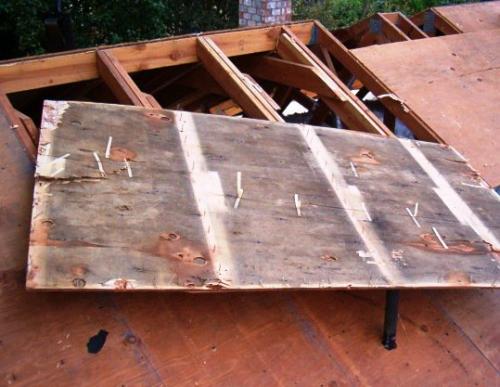Attic Mold
Posted on May 24, 2012 by: admin23
ATTIC MOLD & ROOFING : Causes and Prevention
Just like you and me mold requires moisture in order to survive and grow. Mold growth generally occurs when the relative humidity levels are fifty five percent and above. This increase in relative humidity may be the result of moisture buildup from a leaking roof or poor attic ventilation. So to control mold growth, you have to control moisture content.
Mold can cause many different adverse responses in humans. The odor of mold may be the first sign of a potential problem, since mold is often found in places with difficult access. Besides its many health problems, once mold is found in a home it can be very costly and time consuming to eradicate. And mold can make it very tough to sell your home once an inspector locates it.
Attic Ventilation no longer takes a back seat to all the other roofing considerations. When correctly installed, it can extend the life of your new roof and control attic moisture. During the hot summer months, ventilation helps to keep the attic cool and dry. While in the winter months, ventilation helps to reduce moisture in the attic and prevents ice dams from forming. Many building codes require that you have one square foot of venting for each 150 to 300 square feet of attic floor space. Fifty percent should be provided by the intake (soffit) vents and fifty percent by the exhaust (ridge) vents.
The perfect time to examine the attic area to determine if your home is well ventilated and if mold is present is when your purchasing a new roof system. Discuss with your roofing representative the balanced attic approach to venting your attic and which ventilation system he is proposing. Make sure you know how the kitchen, bathroom and dryer exhausts are being vented. These can be big contributors to attic moisture build-up.





